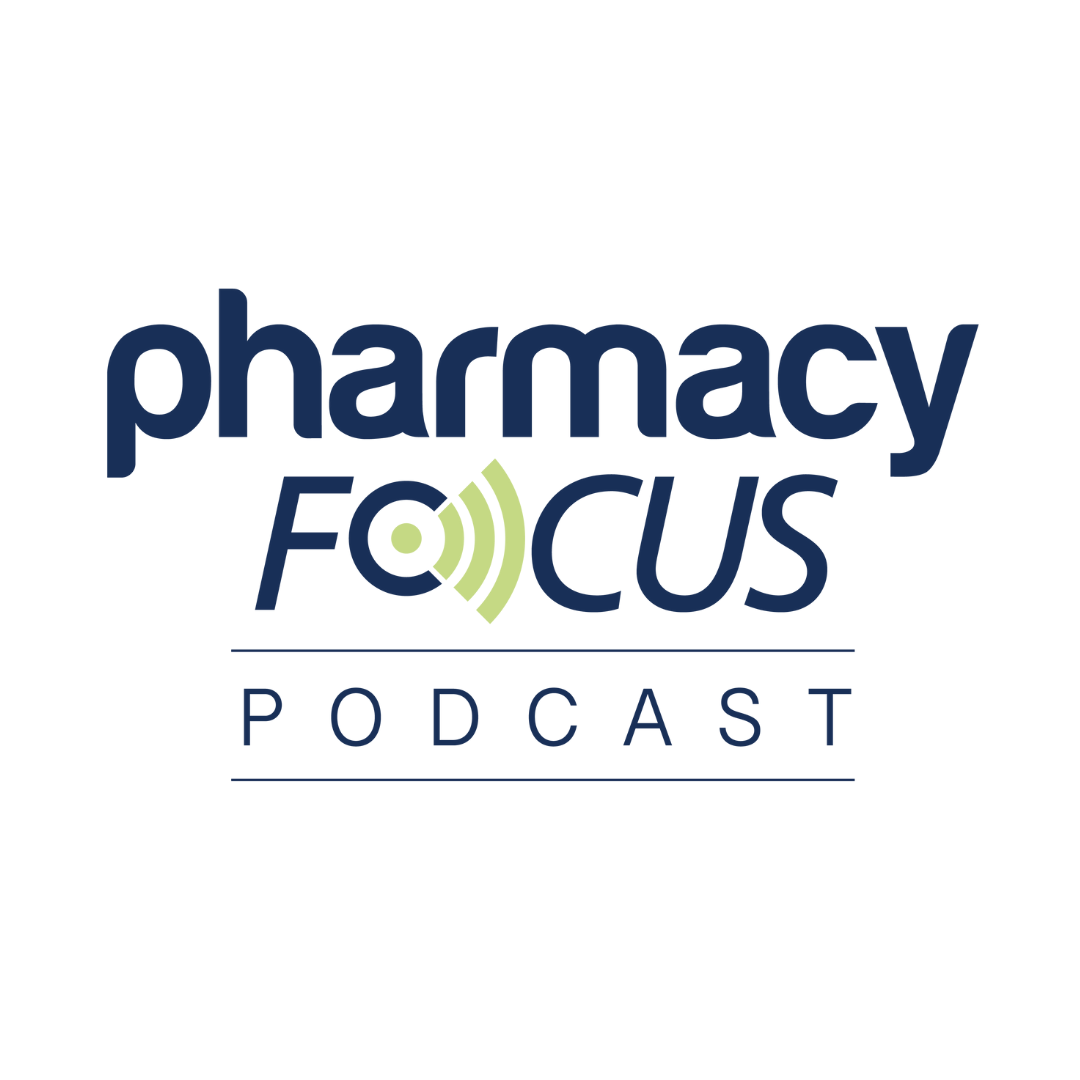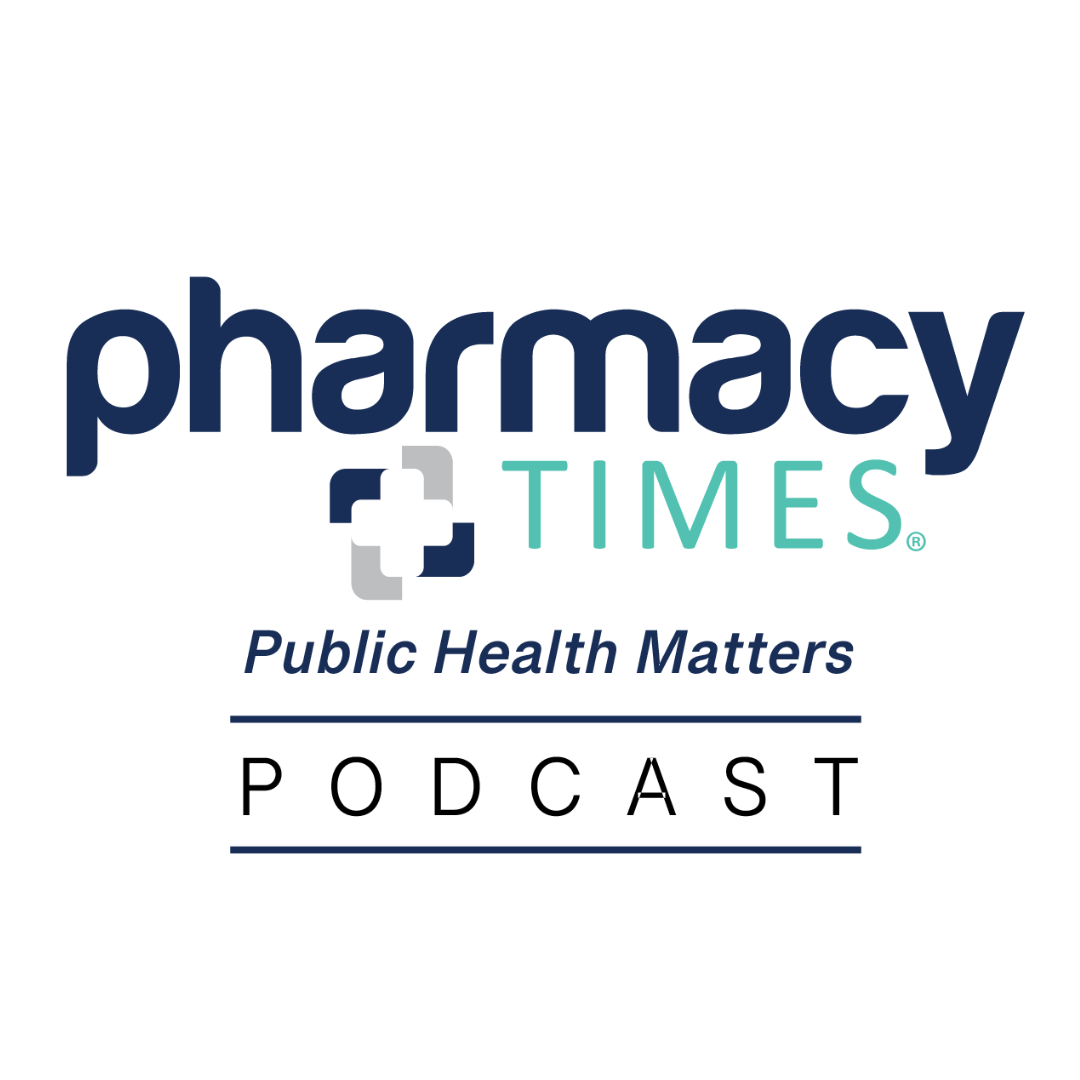The specialty drug market is experiencing unprecedented growth, driven by the rapid development and adoption of innovative therapies.1 In the mid-1990s, fewer than 30 specialty drugs were available, but by 2023, they accounted for over 80% of the 55 novel drugs that were approved.2 By mid-2024, the FDA has already approved 23 novel drug therapies, with specialty drugs now representing about 75% of the approximate 7000 new drugs under development.3,4
This surge highlights the increasing demand for advanced treatments for patients with complex and chronic conditions or rare diseases. However, this growth also presents challenges, including high costs, regulatory complexities, and issues with medication access.
Defining Specialty Drugs and Their Impact
While there are no government rules or regulations concerning how medications receive the designation of specialty drug, the term generally refers to medications used to treat rare or orphan diseases and complex, chronic conditions.5 Specialty drugs are characterized by:
- Special handling. These drugs require specific handling, administration, or storage conditions.
- Special distribution. They are distributed through limited or restricted networks.
- High-touch care. They involve more frequent patient touchpoints and clinical monitoring.
- High cost. These drugs typically have significant price tags.
This category of specialty treatments also includes gene therapies, the use of genetic material in the treatment or prevention of disease, and cell therapies, which involves the transfer of intact, live cells into a patient to help lessen or cure a disease.6 Despite their typically high price tags, these new agents may provide either initial or additional treatment options that may enhance the disease outcome and progression and the quality of life for affected patients.
Payers Respond to High Cost of Specialty Drugs
As more specialty medications become available, critical issues impact access to and affordability of these high-cost treatments. The financial burdens on payers in both the public and private sectors remain challenging as these stakeholders strive to provide members with high quality care and comprehensive, affordable health benefits.
According to the International Foundation of Employee Benefit Plans survey results, specialty prescription drugs and cell and gene therapies (CGTs) were 1 of 4 primary reasons for the 7% increase in overall cost trends.7 The primary strategy used by employers and payers to manage these increased costs is to focus on utilization control strategies. These strategies include prior authorizations, case management to guide medication adherence and management of adverse effects (AEs), disease management, and nurse advice lines.
A growing number of payers are negotiating value-based contracts with manufacturers, including alternative payment models, such as risk share and pay-for-performance.8 These contracts tie payment terms to clinical patient outcomes and effectiveness, aligning incentives to optimize health care expenditures between the payer and manufacturer while enhancing patient care.
Another perspective on managing the utilization of specialty drugs comes from America’s Health Insurance Plans (AHIP),a trade association and political advocacy group for health insurance companies in the US.9 The organization points out that, on average, providers charge 42% more than a specialty pharmacy for the same drug. The organization asserts that specialty pharmacies lower health care costs by preventing hospitals and physicians from adding a markup when they buy and store specialty medicines themselves, even though they receive a separate payment for seeing the patient and administering the drug. AHIP contends that administering lower-priced drugs to patients helps keep premiums lower for everyone.
Role of Specialty Pharmacies
Traditional retail pharmacies stock and sell traditional drugs to patients. In contrast, specialty drugs have special handling, administration, and monitoring requirements, including maintaining specific temperature-controlled environments to ensure product integrity. They are often only available from manufacturers through limited distribution networks (ie, specialty pharmacies) that help ensure greater control and oversight of the medication distribution channel.
Typically, specialty pharmacies dispense high-cost medications for which increased patient management may be required, including financial assistance, specific dosing guidance, and counseling.1 The services provided by specialty pharmacies typically go beyond that of other pharmacies and are likely to be more directly involved in patient care including “white glove” services, and are more involved in personalized care and communicate with the patient’s multidisciplinary health care team. Specialty pharmacies typically handle shipping coordination, which may include direct shipments to patients, support with enrollment in patient assistance programs, identification of financial solutions, delivering patient education and medication AE counseling, and monitoring patient progress on therapy to support patient-centric care.
Biosimilars Provide Less Expensive Options
Biosimilars are designed to replicate the therapeutic effects of original biologics (also called the reference product) that the FDA has already approved.1 According to the FDA, biosimilars have no clinically meaningful differences from the reference product.
Payers have welcomed the surge of new biosimilars, which, according to the Association for Accessible Medicine, can carry an average sales price of 50% less than brand biologics at the time of launch.1 Further, competition from biosimilars has reduced the average sales price of their corresponding brand biologic by an average of 25%. Managed care analysts estimate biosimilar savings from 2021 to 2025 could reach $38.4 billion, or 5.9% of projected spending on biologics over the same period.1
Despite some challenges associated with their market entry, including an extensive approval process, biosimilars are gaining adoption in the US. As of January 2024, the FDA has approved a total of 45 biosimilars across 14 unique biological molecules.1,3 Of the 45 approved biosimilars, 38 of them launched in the US market.
Beyond the financial stability they provide, biosimilars play a pivotal role in increasing patient access to critical medicines and expanding treatment options. While slightly more than half of all FDA-approved biosimilars are cancer treatments, there is a growing number of approved and launched biosimilars for autoimmune diseases.
Breakthrough Treatment Options: Transforming the Future of Medicine
About the Author
Andy Szczotka, PharmD, is the chief pharmacy officer at AscellaHealth. In this capacity, he is responsible for the development, oversight, and operation of clinical specialty and medical drug services for clients, including self-insured employer groups, third-party administrators, pharmacy benefit managers, Medicare, and consumer-oriented markets. Szczotka provides development for programs and services to support drug formulary services, utilization management programs, national pharmacy and therapeutics committees, and cost-management programs while enhancing patient outcomes. Szczotka supports new business development and new client acquisitions and implementation, including expansion into new service offerings. Read AscellaHealth’s Specialty and Rare Pipeline Digest here.
According to the most recent FDA reports, as of April 26, 2024, 37 CGTs had been approved, with an additional 500 in the pipeline. Ten to 20 CGTs are expected to be approved annually by 2025.2,3
Market introduction of new CGTs, regenerative medicines and expanded indications for existing drugs may help treat diseases that were previously considered incurable. They hold promise for a wide range of chronic, complex conditions, including cancer, cystic fibrosis, heart disease, diabetes, inflammatory conditions, hemophilia, sickle cell and AIDS, as well as brain disorders, including Alzheimer disease, Parkinson’s disease, multiple sclerosis (MS), bipolar, and schizophrenia. These novel therapies are particularly compelling for individuals with specialty disease states who had given up hope and now have access to potentially lifesaving treatments.
Oncology (cancer) is one area that holds a great deal of potential as the FDA continues to approve treatments for hematologic malignancies and drugs to support adults and pediatric patients.1 As an example, the FDA granted accelerated approval earlier this year for lisocabtagene maraleucel (Breyanzi; Juno Therapeutics, Inc), a chimeric antigen receptor (CAR) T-cell therapy, to treat chronic lymphocytic leukemia (CLL) and small lymphocytic lymphoma (SLL) in adults.1,2 Lisocabtagene maraleucel is the first CAR T-cell therapy approved for CLL that has relapsed or is resistant to previous treatments.
Hemophilia B is another example, with 2 gene therapies now approved: fidanacogene elaparvovec-dzkt (Beqvez; Pfizer) and etranacogene dezaparvovec-drlb (Hemgenix; uniQure Inc) are both priced at $3.5 million for a one-time dose, offering the possibility of no longer needing continual Factor IX infusion therapy which can cost more than $20 million over a patient's lifetime.1
Opportunities and Challenges Ahead: Navigating Regulatory Changes and Market Dynamics
Industry stakeholders are already experiencing the impact of regulatory changes, notably the Inflation Reduction Act, which was signed into law in 2022.1 It includes several provisions to lower out-of-pocket costs in Medicare Part D, which covers prescription drugs. This includes setting a $2000 annual cap on what seniors pay for medicines and spreading costs throughout the year to improve predictability. The Congressional Budget Office estimates that the drug pricing provisions in the law will reduce the federal deficit by $237 billion over 10 years (2022-2031).2
Most recently, in June 2024, the US Department of Health and Human Services, through the Centers for Medicare & Medicaid Services, announced that some Medicare enrollees will pay less for 64 drugs available through Medicare Part B.1 Medicare Part B covers outpatient prescription drugs and biologicals that are infused or injected by physicians such as oncologists, rheumatologists and urologists. The drugs will have a lowered Part B coinsurance rate from July 1, 2024, to September 30, 2024, since the government contends that each drug company raised prices faster than the rate of inflation.
Despite these challenges, the expanded use of specialty pharmaceuticals continues, highlighting the need for personalized care coordination and support to maximize their value to patients. As the landscape of specialty drugs evolves with an influx of high-cost therapies, it becomes essential for payers and plan sponsors to monitor the pipeline of upcoming specialty products. Keeping track of new and emerging therapies allows these stakeholders to anticipate potential impacts on cost and patient care, facilitating more strategic planning and proactive management. By integrating pipeline monitoring into their strategies, payers and specialty pharmacies can better prepare for new treatments, optimize patient outcomes and enhance overall access to care. Embracing innovation and collaboration will be key to managing costs and improving the quality of care for patients with complex and chronic conditions.
REFERENCES
Biosimilar Market Report. Samsung Bioepsis. 2024. Accessed August 30, 2024. https://www.samsungbioepis.com/upload/attach/SB+Biosimilar+Market+Report+Q1+2024.pdf
Approved cellular and gene therapy products. FDA. Accessed August 30, 2024. https://www.fda.gov/vaccines-blood-biologics/cellular-gene-therapy-products/approved-cellular-and-gene-therapy-products
Spotlight on gene therapies in Q2 2024 trends. Segal. April 1, 2024. Accessed August 30, 2024. https://www.segalco.com/consulting-insights/spotlight-on-gene-therapies-in-q2-2024-trends#:~:text=As%20of%20March%2018%2C%202024,over%2032.5%20million%20U.S.%20adults
Oncology (cancer) / hematologic malignancies approval notifications. FDA. Accessed August 30, 2024. https://www.fda.gov/drugs/resources-information-approved-drugs/oncology-cancer-hematologic-malignancies-approval-notifications#:~:text=On%20May%2029%2C%202024%2C%20the,lisocabtagene%20maraleucel%20for%20follicular%20lymphoma
Accelerated approval granted to first car T-cell therapy for relapsed or refractory CLL/SLL. The ASCO Post. March 15, 2024. Accessed August 30, 2024. https://ascopost.com/news/march-2024/accelerated-approval-granted-to-first-car-t-cell-therapy-for-relapsed-or-refractory-cllsll/#:~:text=On%20March%2014%2C%20the%20U.S.,2%20%5BBCL2%5D%20inhibitor)
Brennan A. New Developments in Hemophilia Gene Therapy. Pharmacypracticenews.com. May 30, 2024. Accessed August 30, 2024. https://www.pharmacypracticenews.com/Review-Articles/Hematology/Article/06-24/New-Developments-in-Hemophilia-Gene-Therapy/73928
Inflation reduction act. PhRMA Org. Accessed August 30, 2024. https://phrma.org/en/Inflation-Reduction-Act
How CBO estimated the budgetary impact of key prescription drug provisions in the 2022 reconciliation act. Congressional Budget Office. February 17, 2023. Accessed August 30, 2024. https://www.cbo.gov/publication/58850#:~:text=The%20Congressional%20Budget%20Office%20estimated,Part%20B%20and%20Part%20D
HHS announces cost savings for 64 prescription drugs thanks to the Medicare rebate program established by the Biden-Harris Administration’s lower cost Prescription Drug Law. HHS.gov. June 26, 2024. Accessed August 30, 2024. https://www.hhs.gov/about/news/2024/06/26/hhs-announces-cost-savings-64-prescription-drugs-thanks-medicare-rebate-program-established-biden-harris-administrations-lower-cost-prescription-drug-law.html







